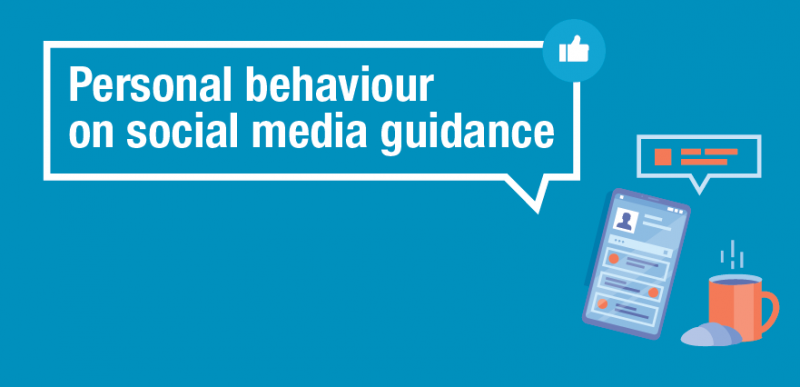Controlled use of social media by Australian public service employees
Published in the Nr 29 - November 2020
CLOSE-UP
Social media has become fundamental in both private and public life. It enables everyone to express their views, and is a true channel of influence. However, certain comments or opinions unavoidably cause chain reactions.
Today, how many government departments, as employers, have not been faced with a problem caused by a message posted by one of its employees who is clearly identifiable and which oversteps his/her obligation as regards circumspection?
Obviously, and depending on the seriousness of the matter, the response will be a disciplinary procedure or even appropriate legal proceedings. By focusing on instruction and accountability, the Australian Public Service (APS) has drawn up initial guidance to govern practices relating to freedom of expression whilst protecting government institutions.
The Code of Conduct (1), which is binding on all public servants with regard to their assignments, has been amended and now includes personal behaviour on social media as a factor that could harm the image and integrity of the APS.
.

Guidance was then drafted for employees, managers, and agencies to help them understand and assess the risks and strike a reasonable balance between employees’ rights as individuals and their obligations as public servants.
Special attention is paid to several points:
• Posting anonymously or using an alias does not exclude the fact that, at a given time and by cross-checking, both the identity and the nature of employment may be revealed
• Although it clarifies matters, the disclaimer on a profile (indicating that the poster’s views are his/her own), which is recommended, does not discharge the employee from his/her obligations
• Seniority and impact vis-à-vis the community are very closely intertwined. Readers will naturally give more weight to comments from senior employees and it will more difficult to differentiate those they make in a private capacity from those made on behalf of their agency or Minister.
This is supplemented by a large number of tangible examples (covering content sharing initiatives) for which the guidance offers advice on the behaviour to adopt, whilst emphasising the fact that free but reasoned and considered use of social media is still one of the best ways of maintaining public confidence.
1 Integral part of the Public Service Act, 1999.
- For more information: apsc.gov.au
